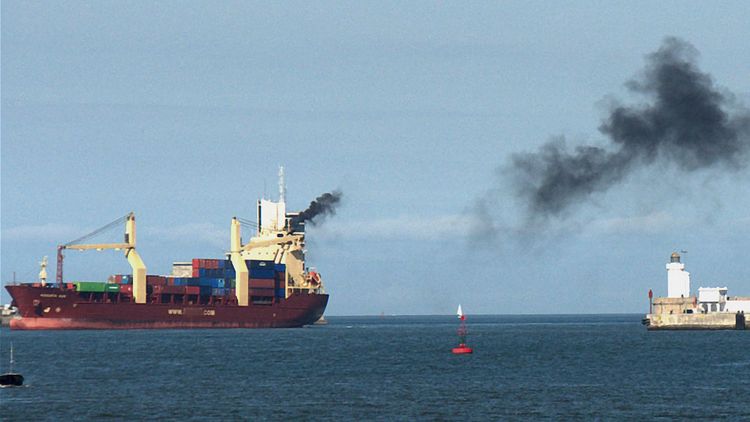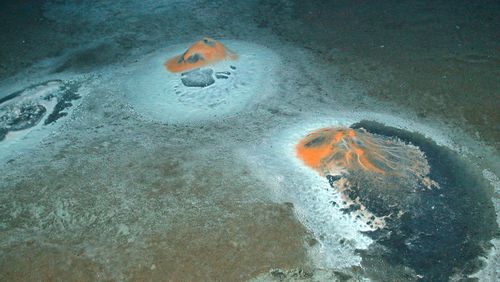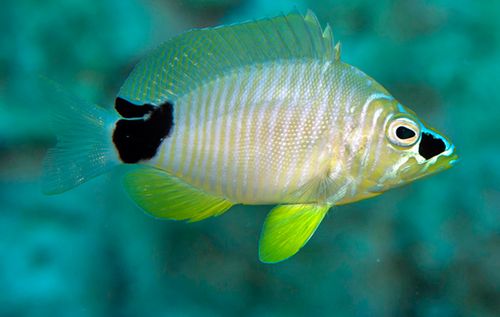To monitor emissions from shipping traffic, Oldenburg scientists and partners from France are developing a network of autonomous sensors as part of an EU project. The devices will look for soot or oil residues at the sea surface and in the atmosphere.
Over the next three years, a German-French team of oceanographers, atmospheric scientists and engineers led by Prof. Dr. Oliver Wurl from the Institute for Chemistry and Biology of the Marine Environment (ICBM) at the University of Oldenburg, Germany, will develop new technologies for autonomously measuring emissions from maritime traffic such as soot, oil, sulphur dioxide or plastic debris at the sea surface and in the air. Drones and devices deployed from aboard research vessels will supplement a network of data buoys. The aim is also to provide a tool for observing the extent of pollution arising from, for example, ship collisions. The MATE project – Maritime Traffic Emissions: A monitoring network – is funded with a total of about two million euros. The German Federal Ministry of Economic Affairs and Energy provides about 1.6 million euros to the German partners, with the University of Oldenburg receiving about one million euros of funding.
Around 90 percent of world trade takes place via the shipping routes of the world's oceans. Not only do these emissions affect the marine environment, but they also negatively impact the health of coastal populations living along shipping routes and near ports. The novel network of sensors and measuring devices is supposed to improve monitoring efforts on ship emissions. The researchers and engineers aim to develop a system ready for the market for commercial users and port authorities to monitor environmental hazards more efficiently. This is particularly important as international regulations are most likely imposing stricter limits in the near future.
Reliable data from the marine environment
The project partners from France are primarily developing sensors and methods for detecting pollutants in the atmosphere with the help of drones. The Oldenburg researchers are focussing on designing and building devices that can be used to obtain such information directly at the sea surface. "This is where pollutants such as oil residues or soot accumulate easily," explains project coordinator Wurl, who also conducts research at the ICBM's Centre for Marine Sensor Technology (ZfMarS). "In order to be able to assess the extent to which emissions from maritime traffic pollute the marine environment and how the pollutants are distributed, it is therefore important to obtain comprehensive and reliable data from the sea surface".
To achieve this aim, the scientists want to equip commercially available data buoys with new technology. This includes an automatic water collector skimming samples from the sea surface and detecting pollutants, such as oil residues and soot. The system is supposed to run maintenance-free for about one month. The researchers are developing the corresponding sensors as part of the project. Other devices attached to the buoy will be custom-built to be able to detect plastic debris and soot on the surrounding water surface.
A System for commercial environmental monitoring
The buoys will be linked to each other in a network and transmit the data to an onshore control station. "In this way, we will be able to observe background contamination levels as well as quickly obtain information about a particular incident," Wurl explains. In order to be able to determine the extent to which contamination is distributed on the surface and in the upper layer of the water column, the team will develop a towed vehicle that can be operated from research or survey vessels. "Our goal is to develop a system that can also be used commercially in environmental monitoring, for example by port authorities," says Wurl.
Besides the research group led by Wurl, two additional ICBM research groups headed by Prof. Dr. Thorsten Dittmar and Dr. Thomas Badewien are involved in the project. Additional German partners are the Research Department Marine Perception at the German Research Center for Artificial Intelligence, Oldenburg, headed by Prof. Dr. Oliver Zielinski and the Jena-based company -4H-Jena engineering GmbH.




